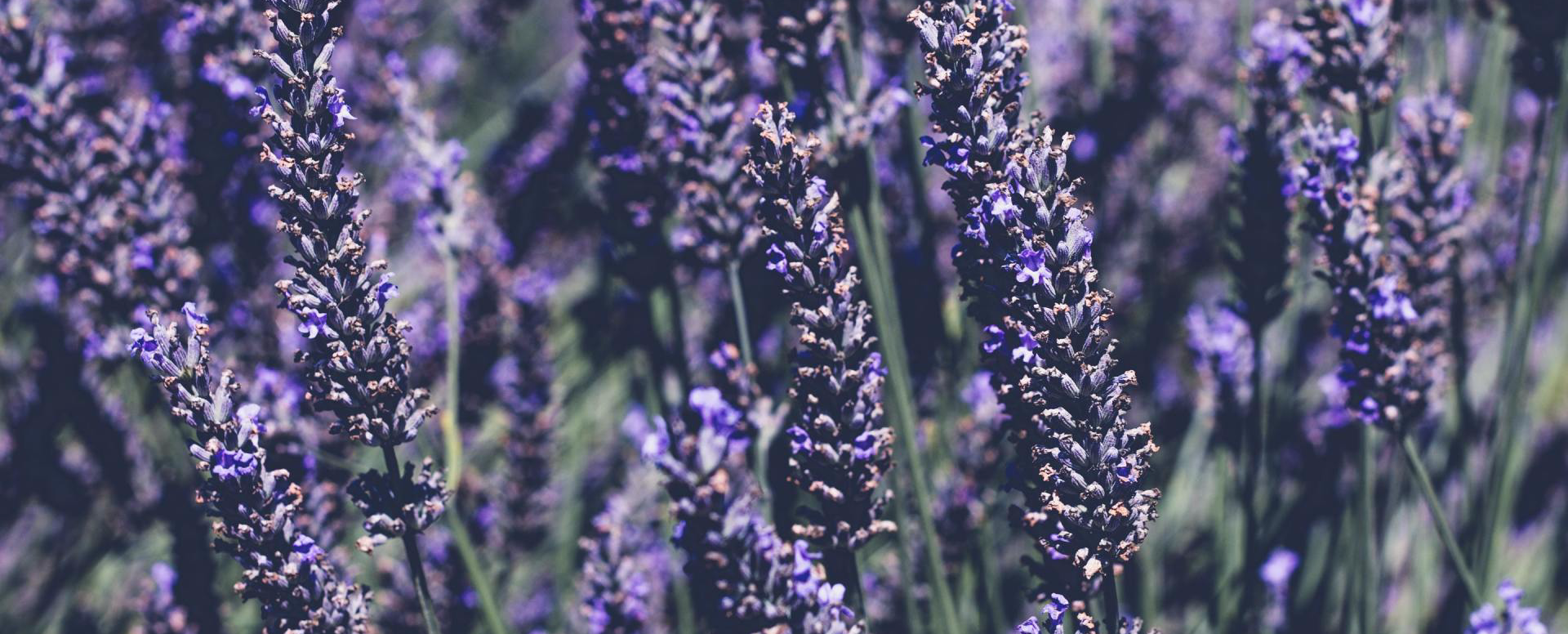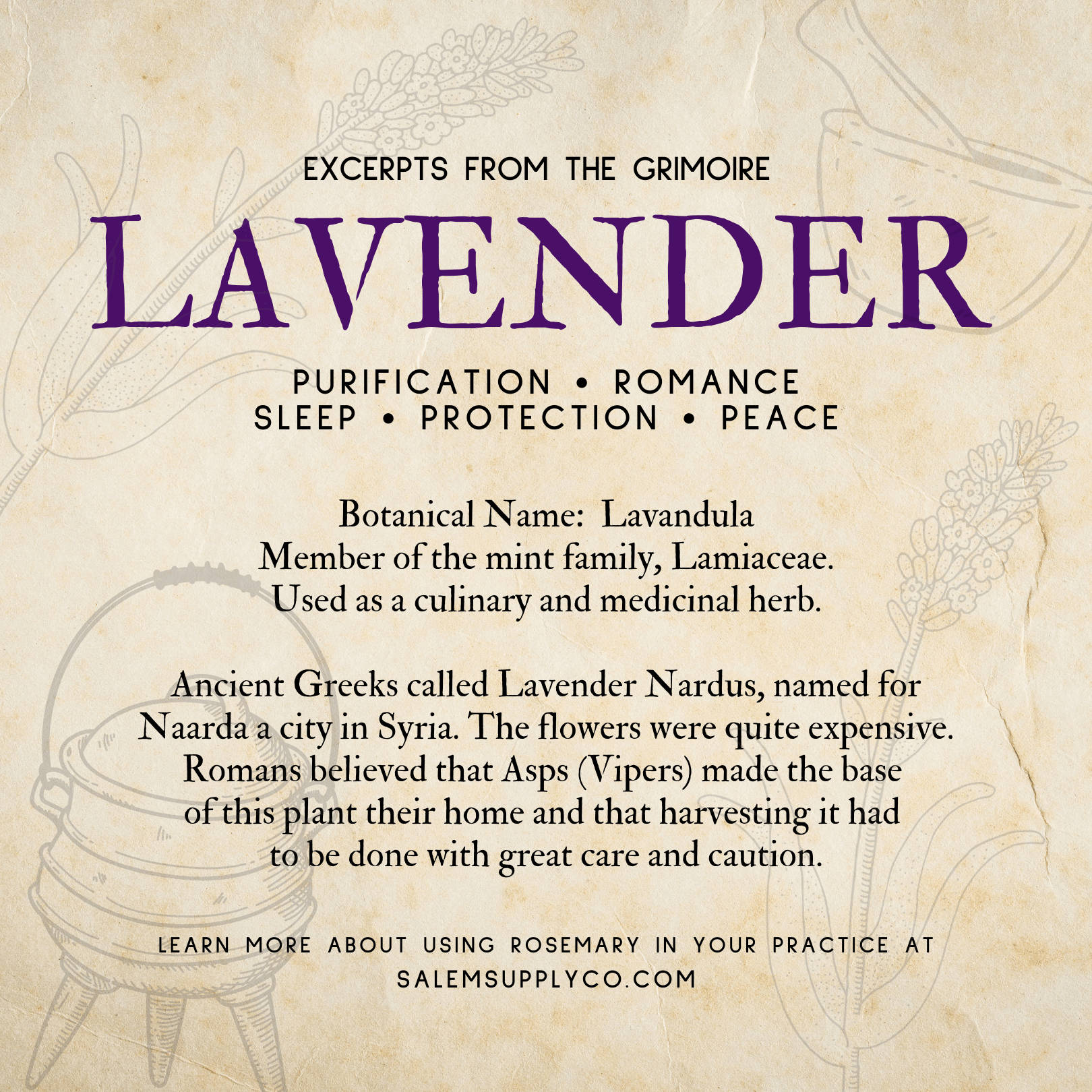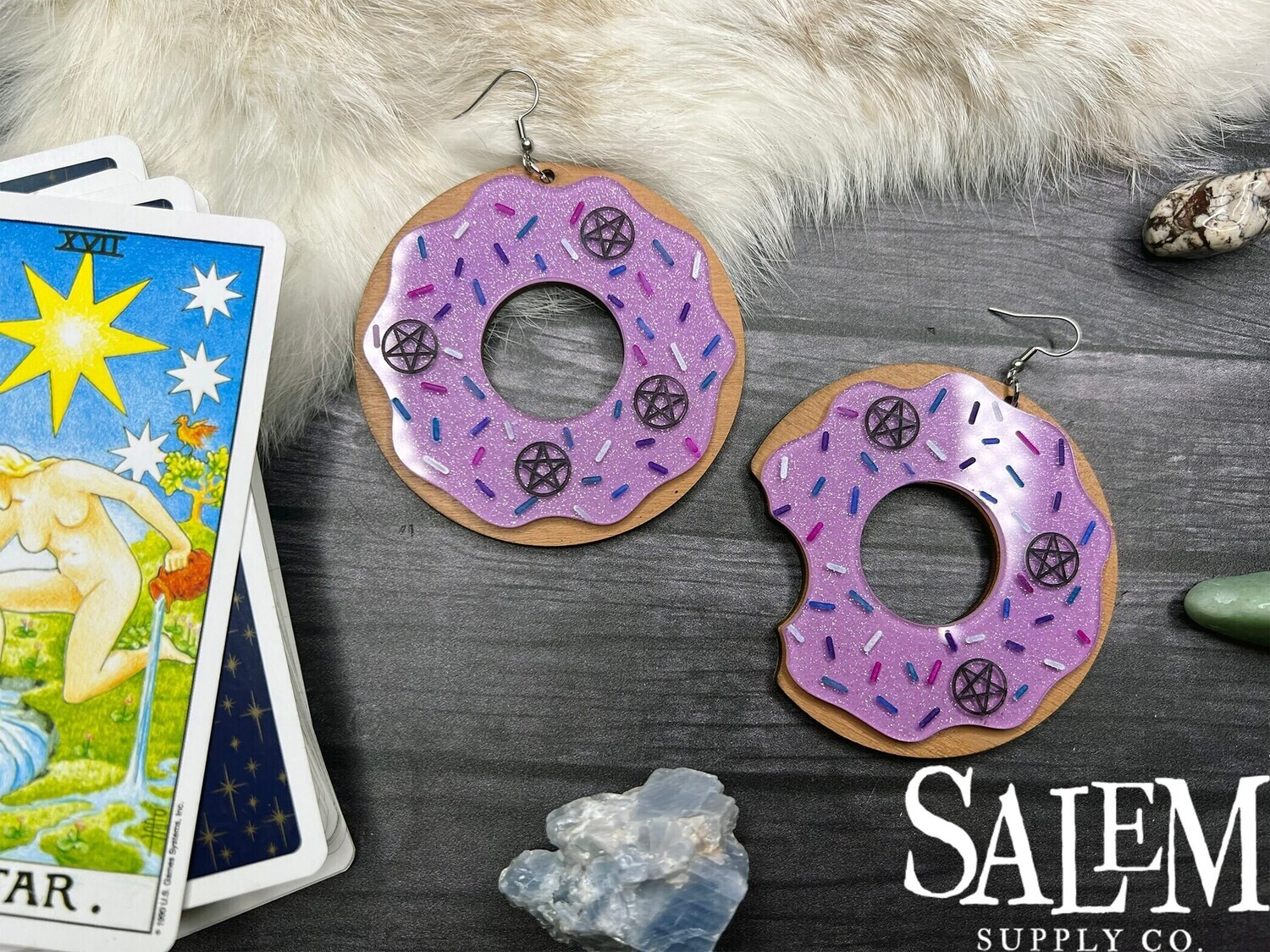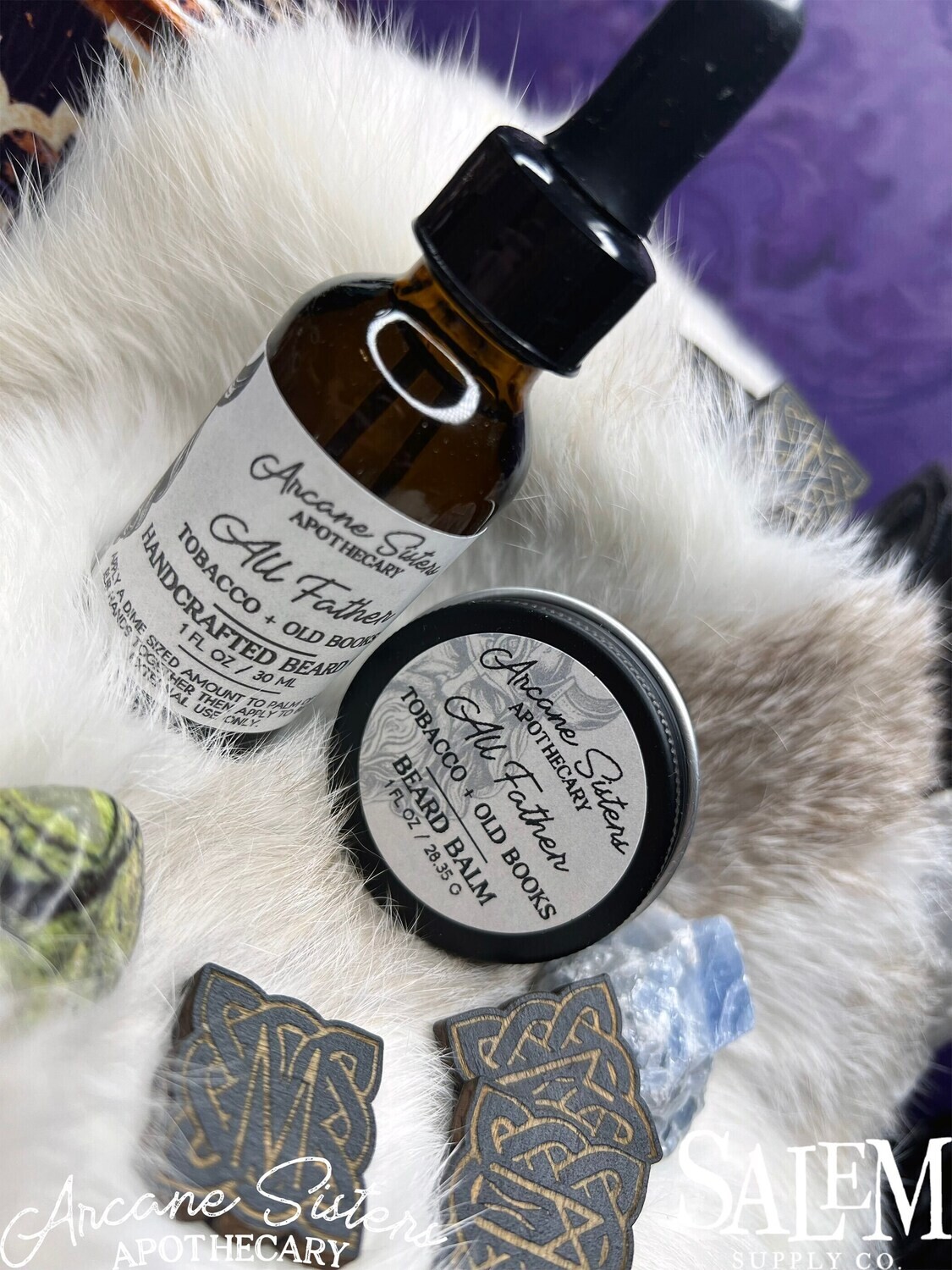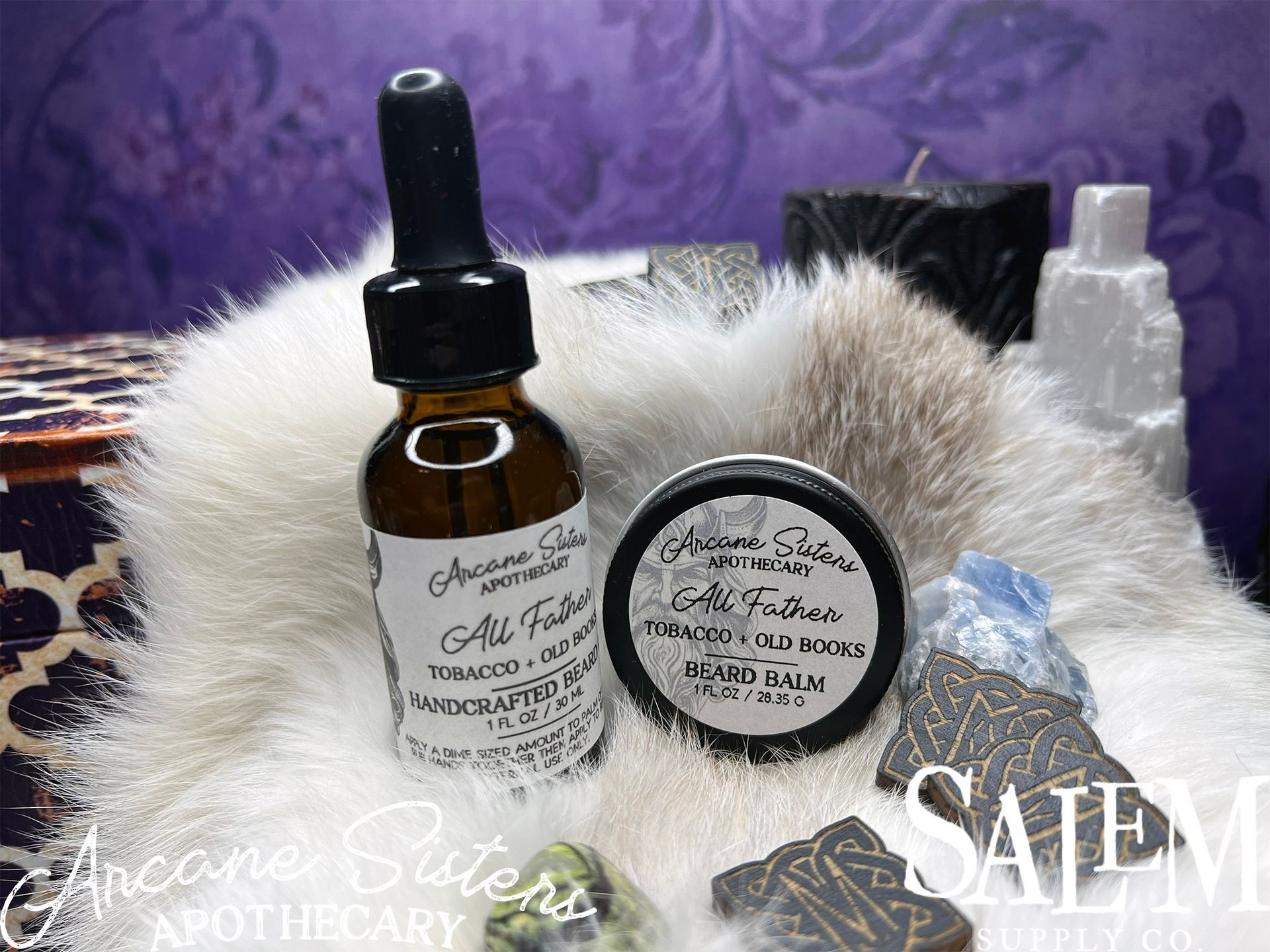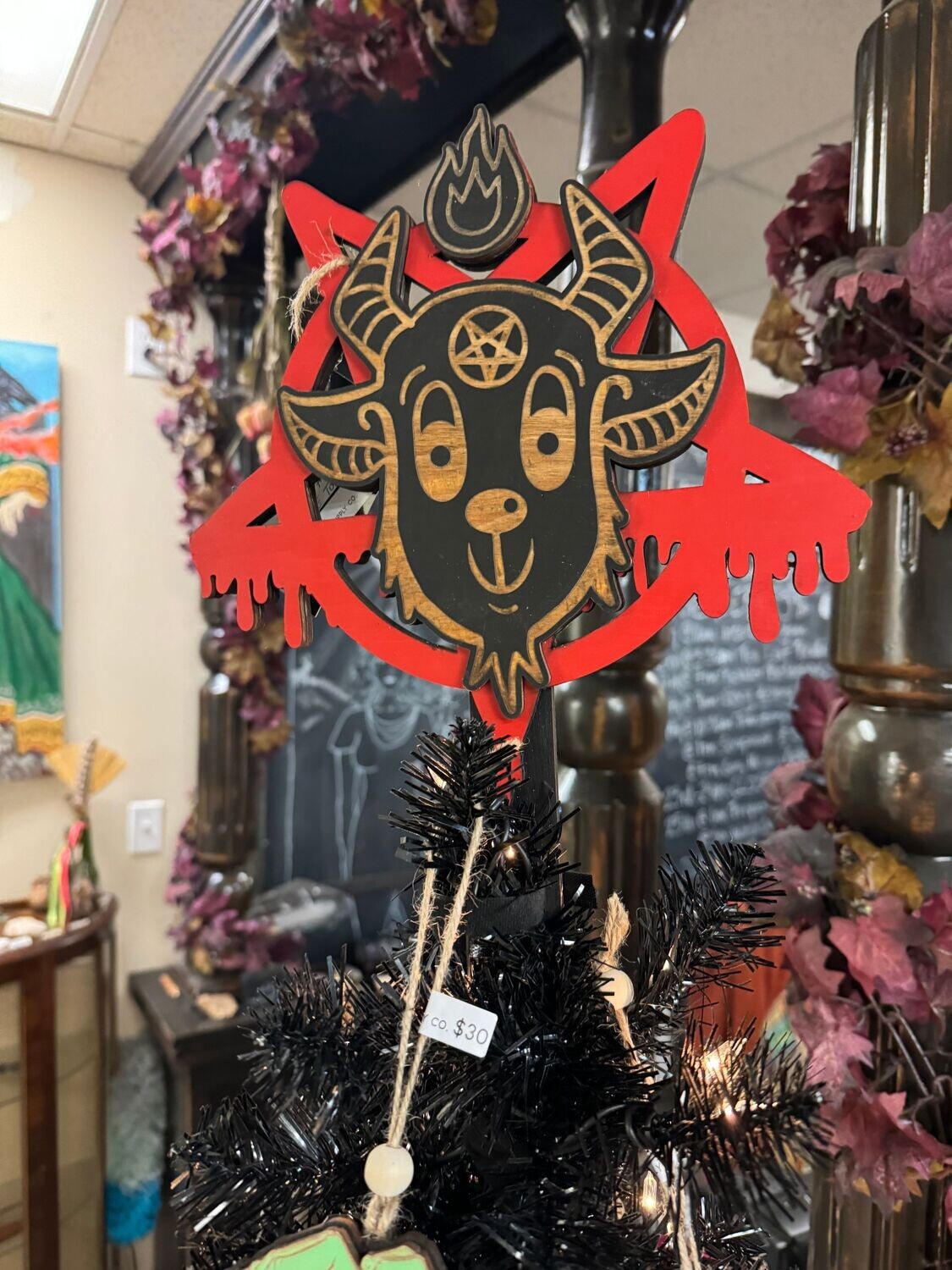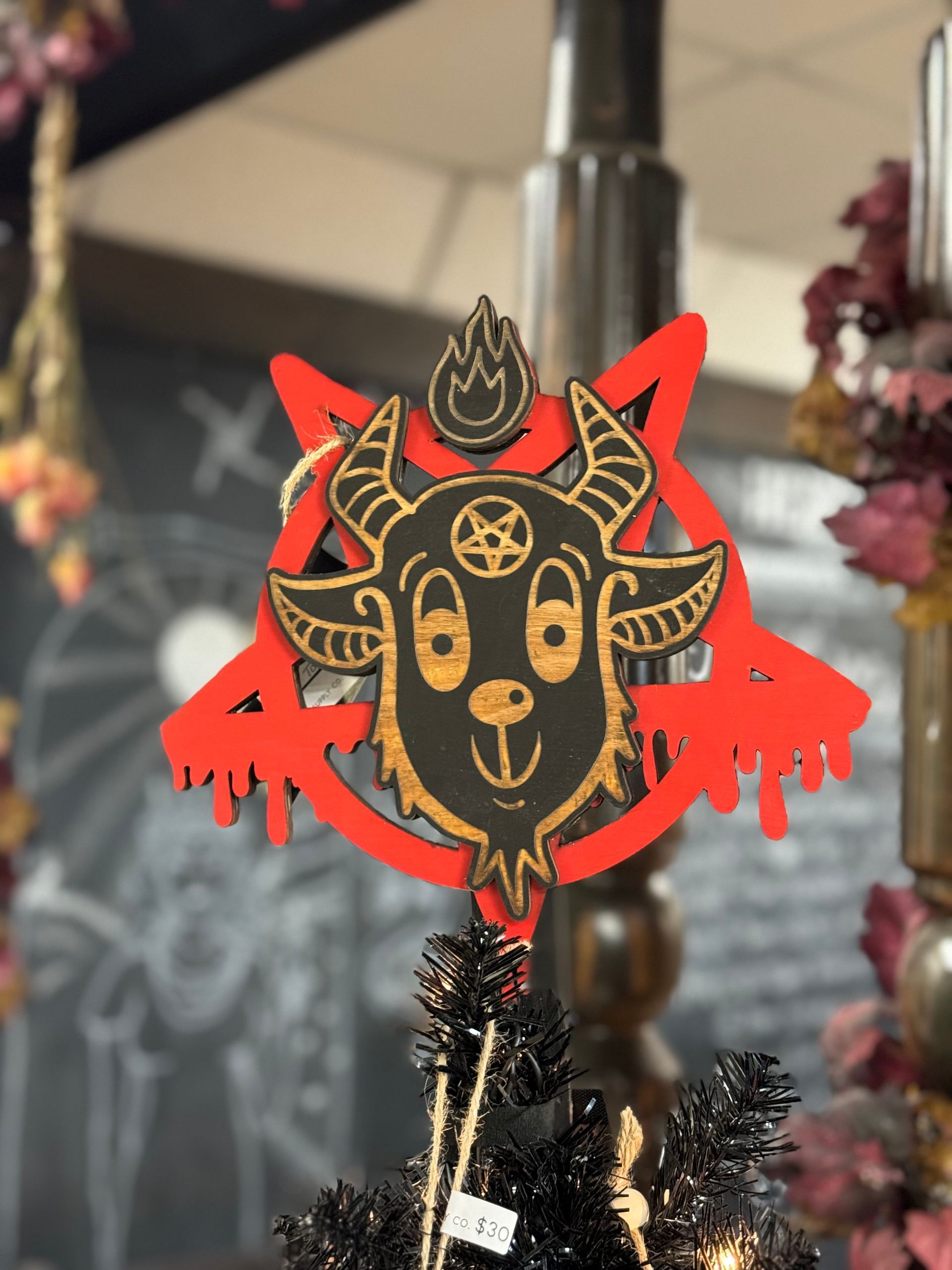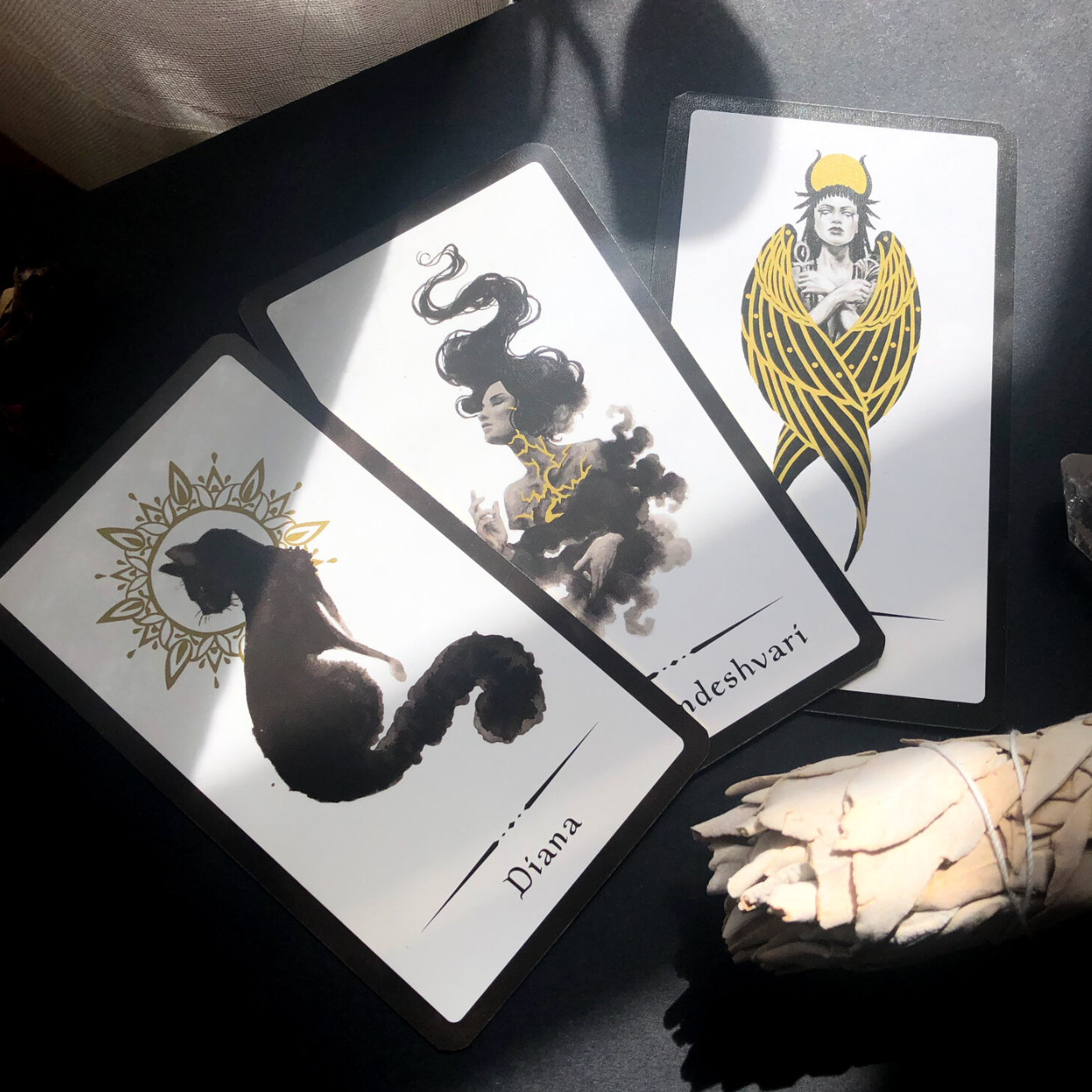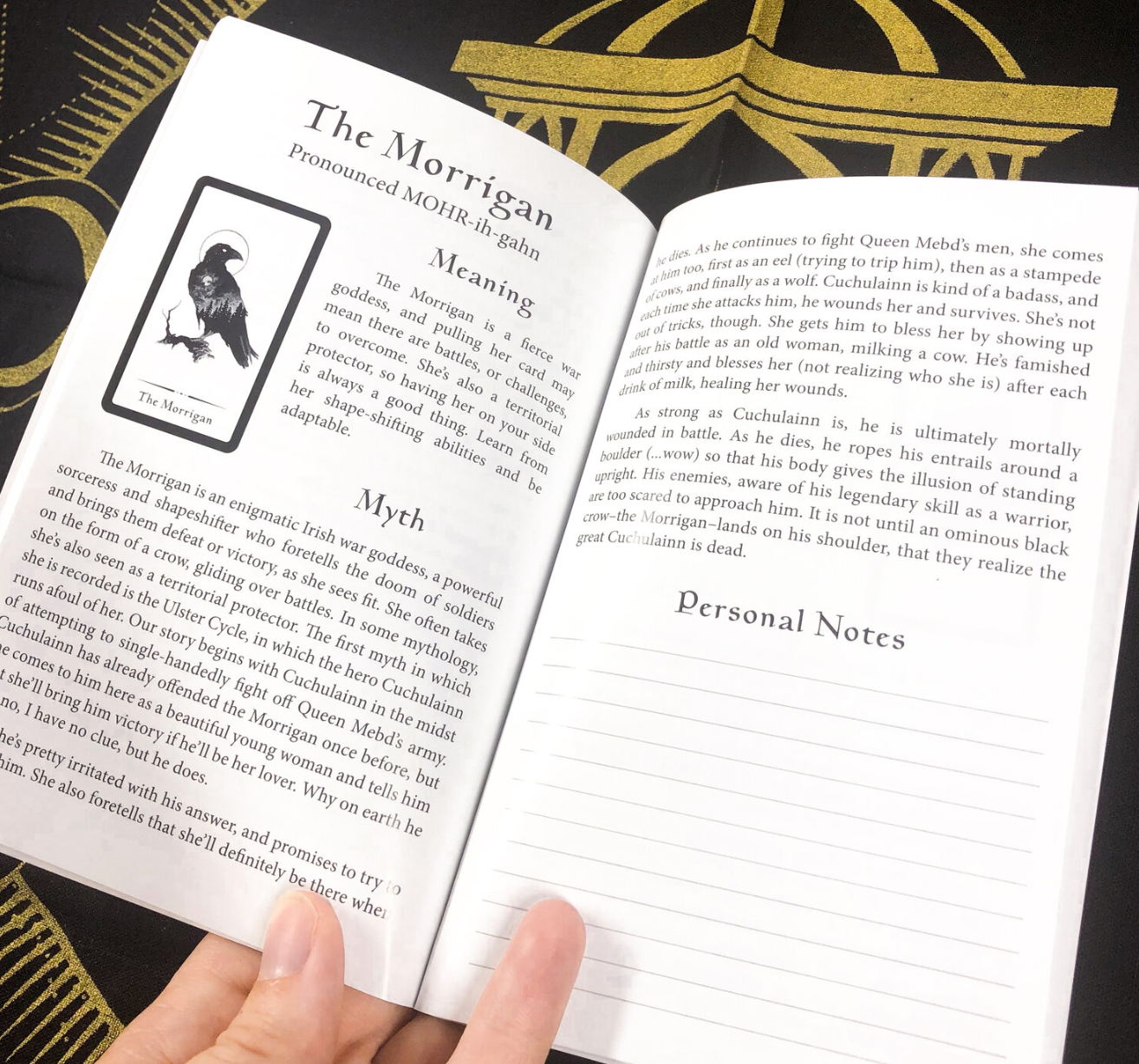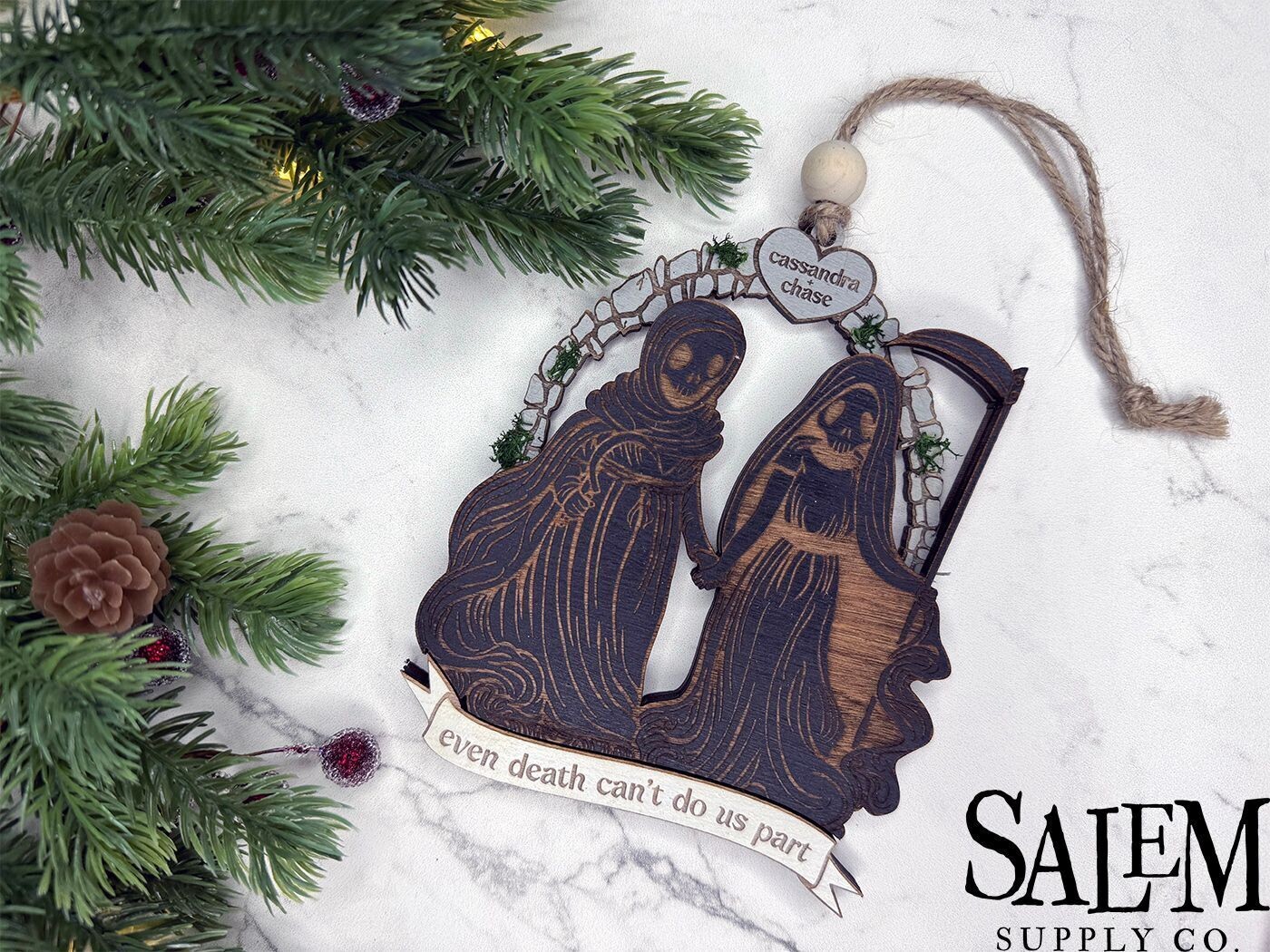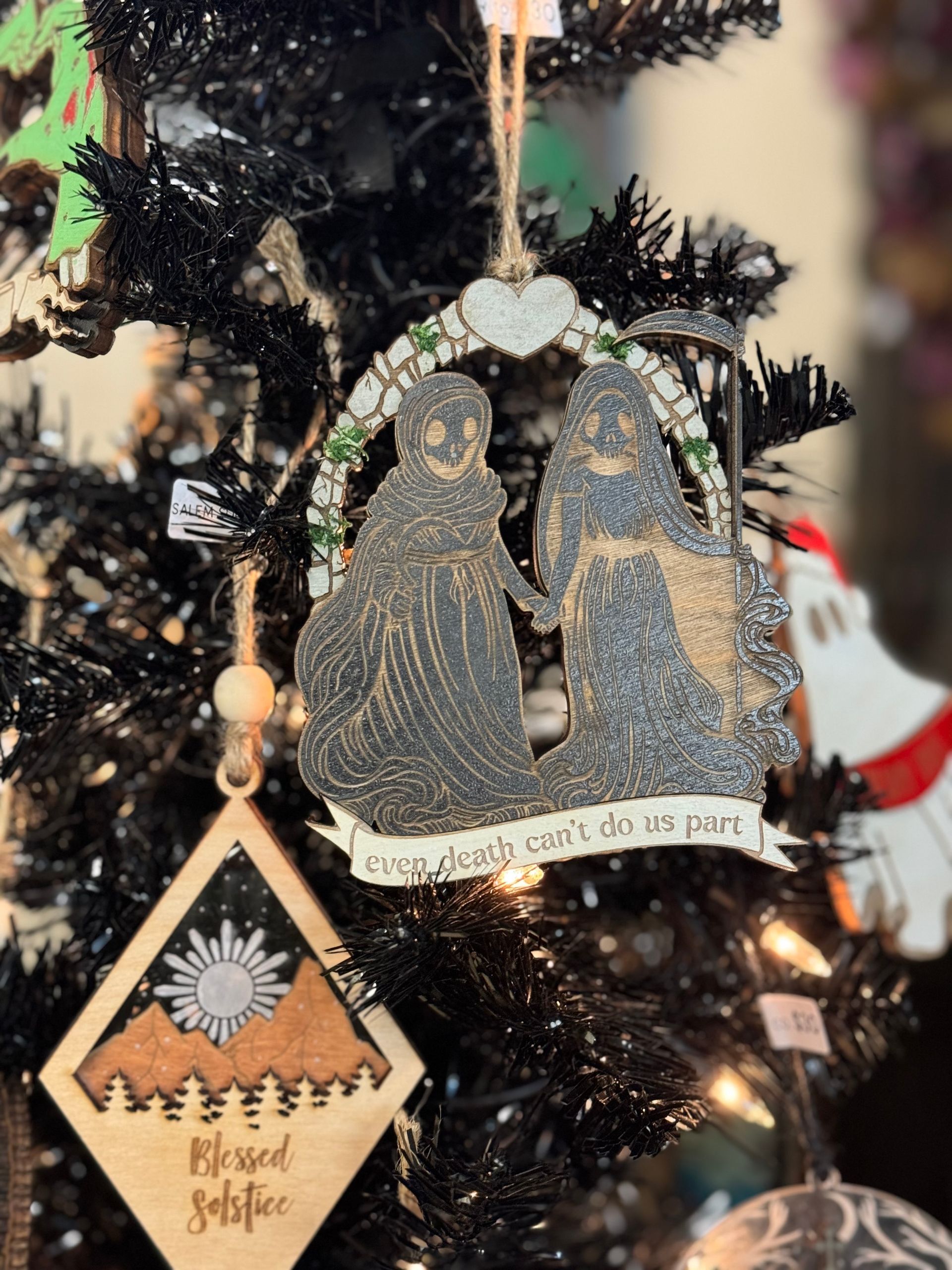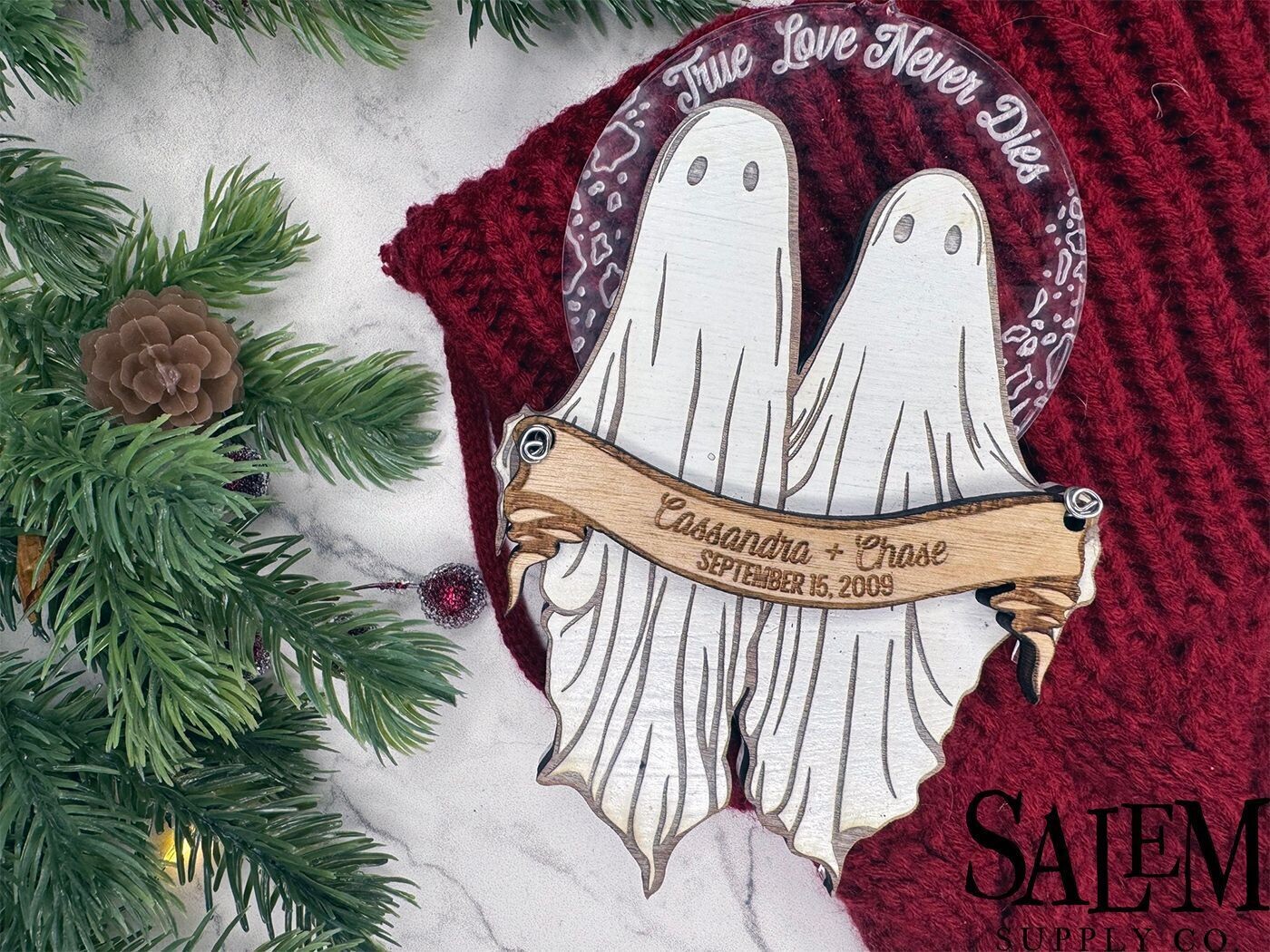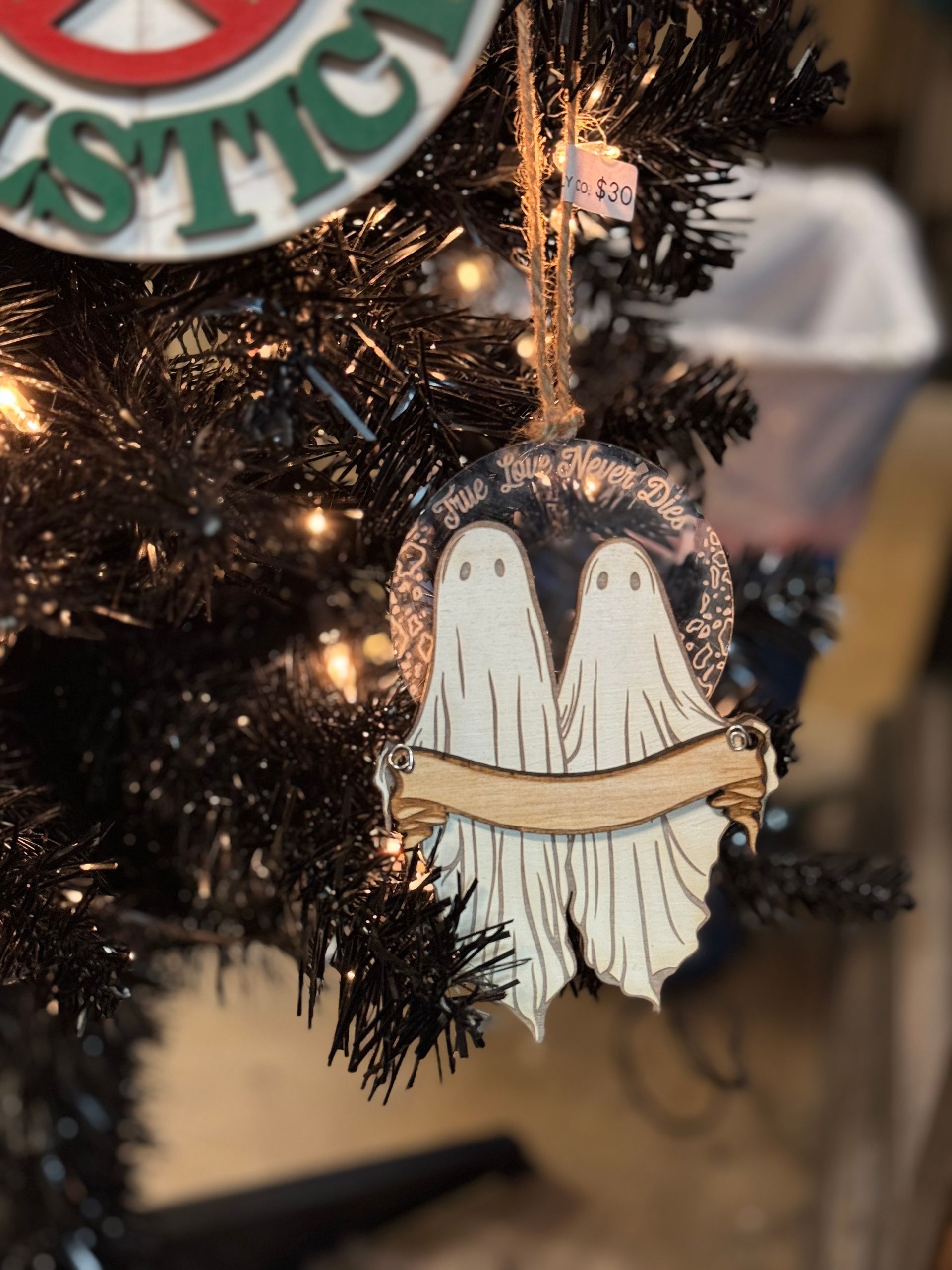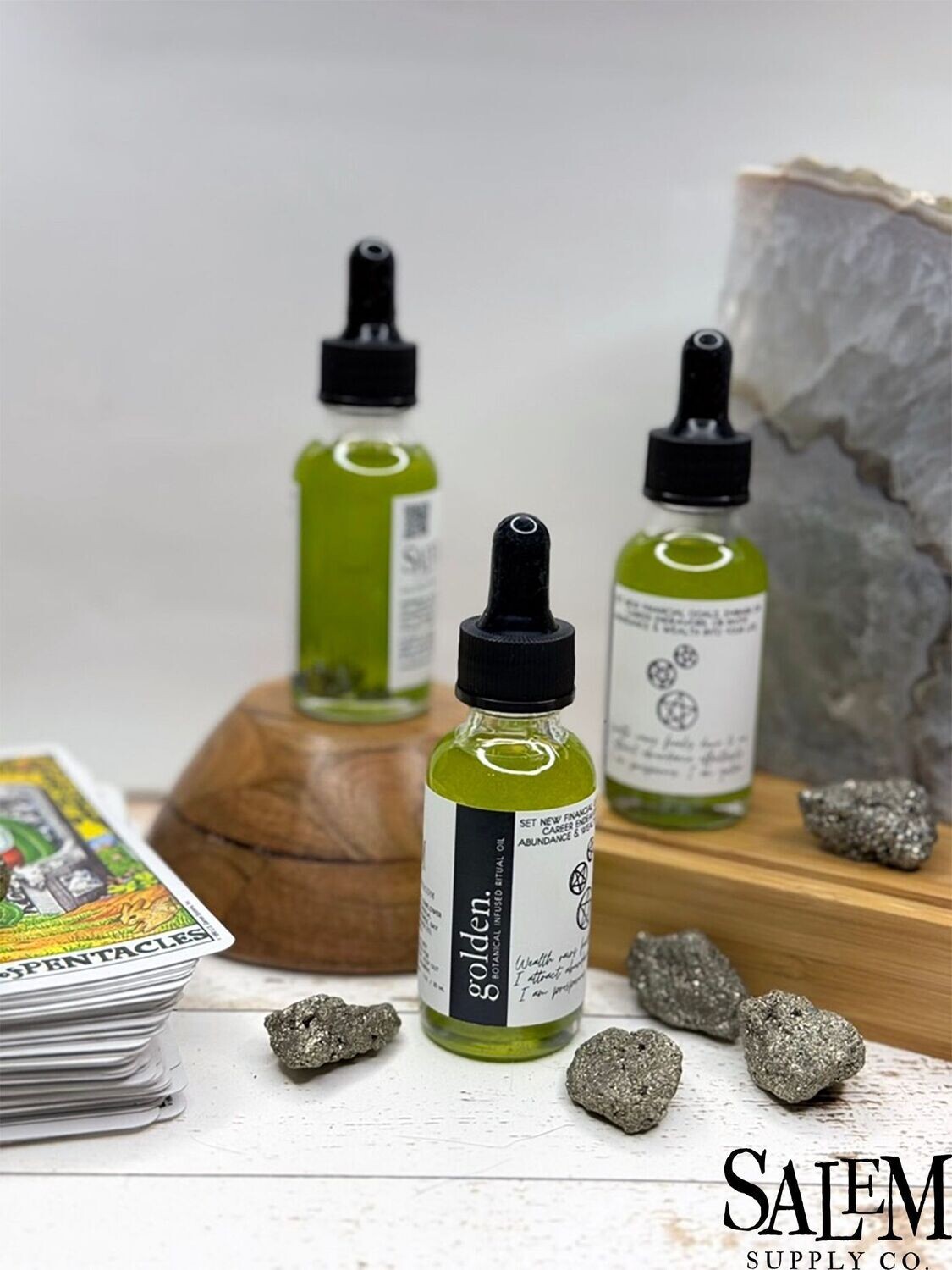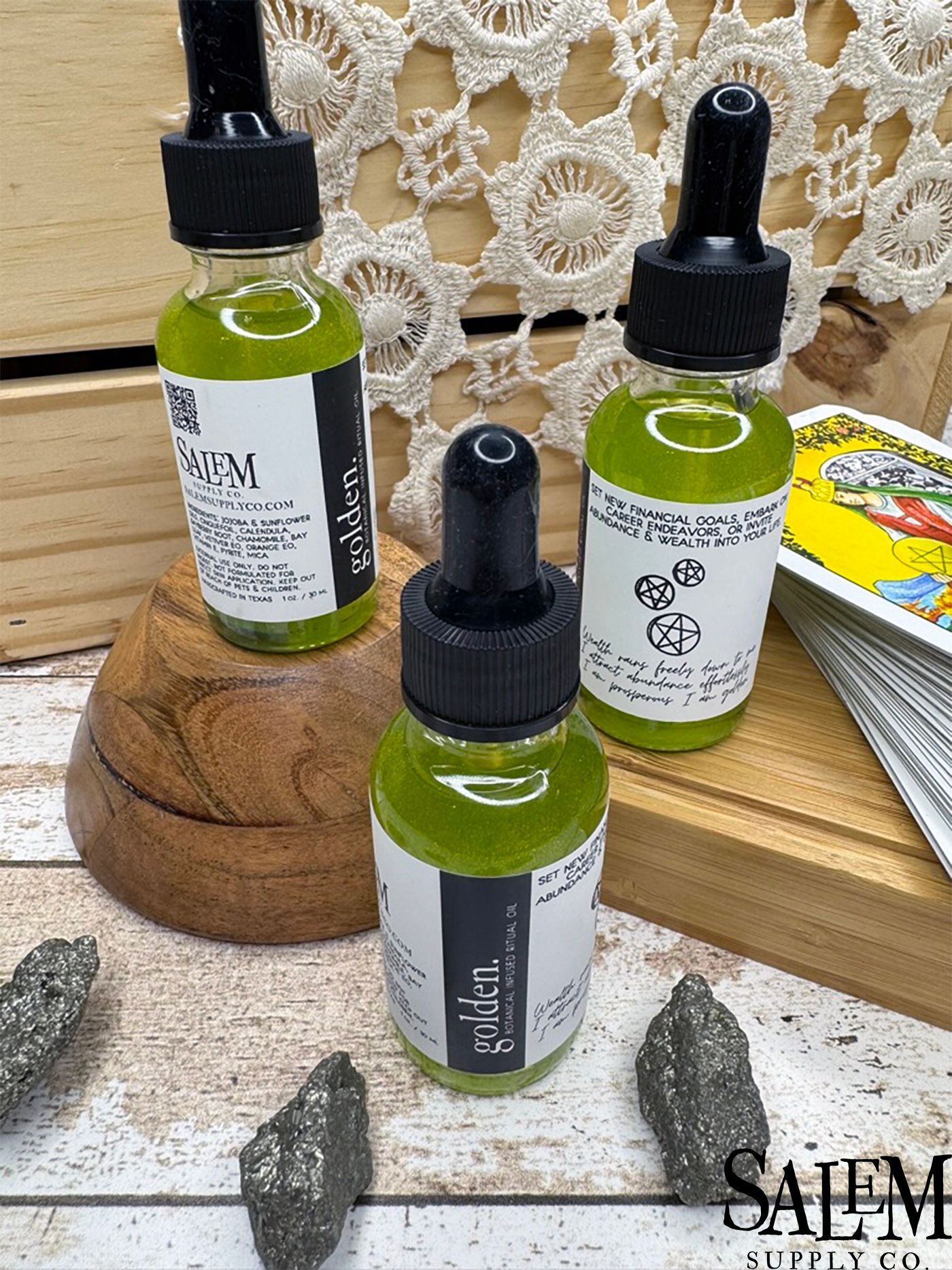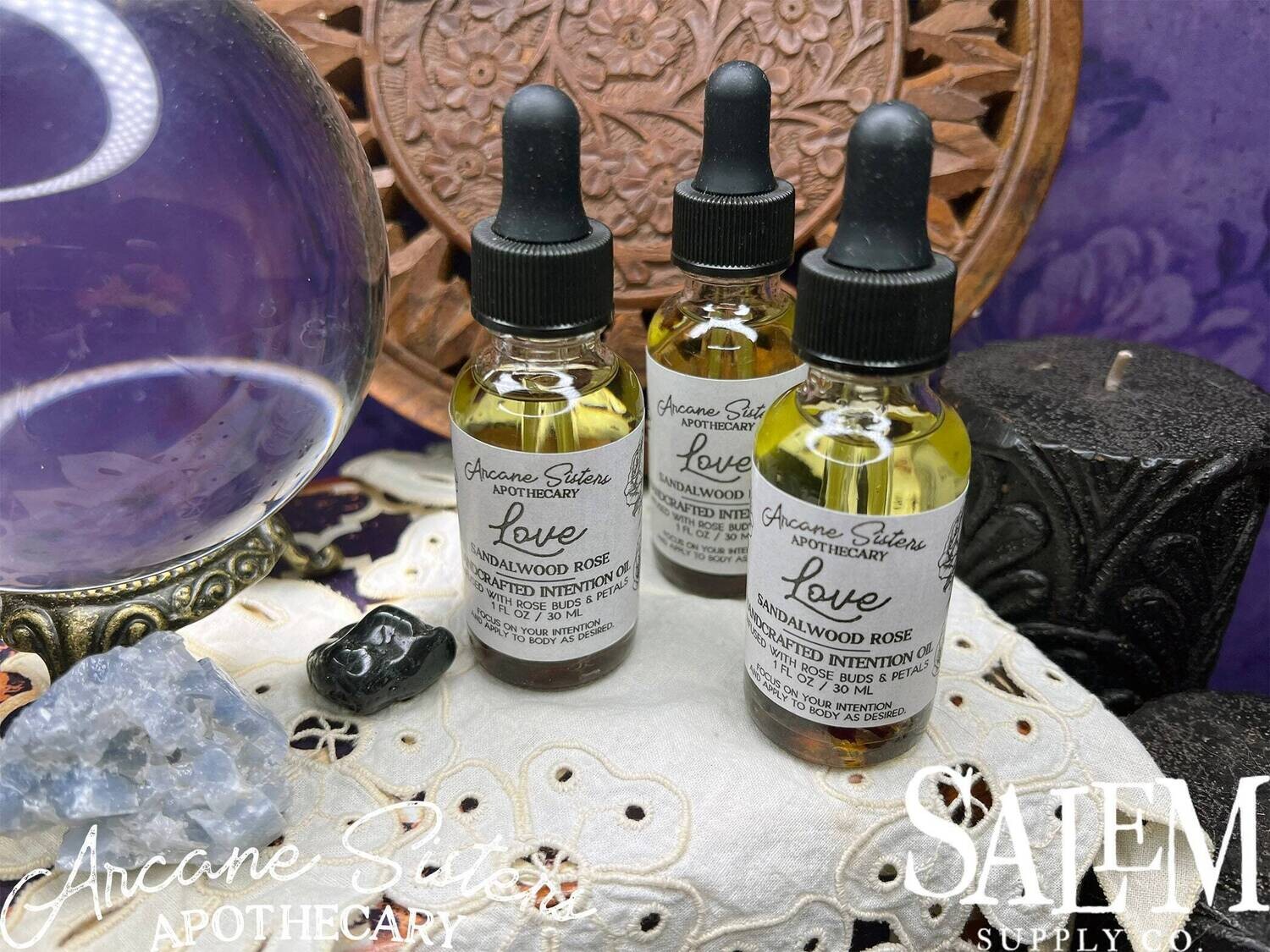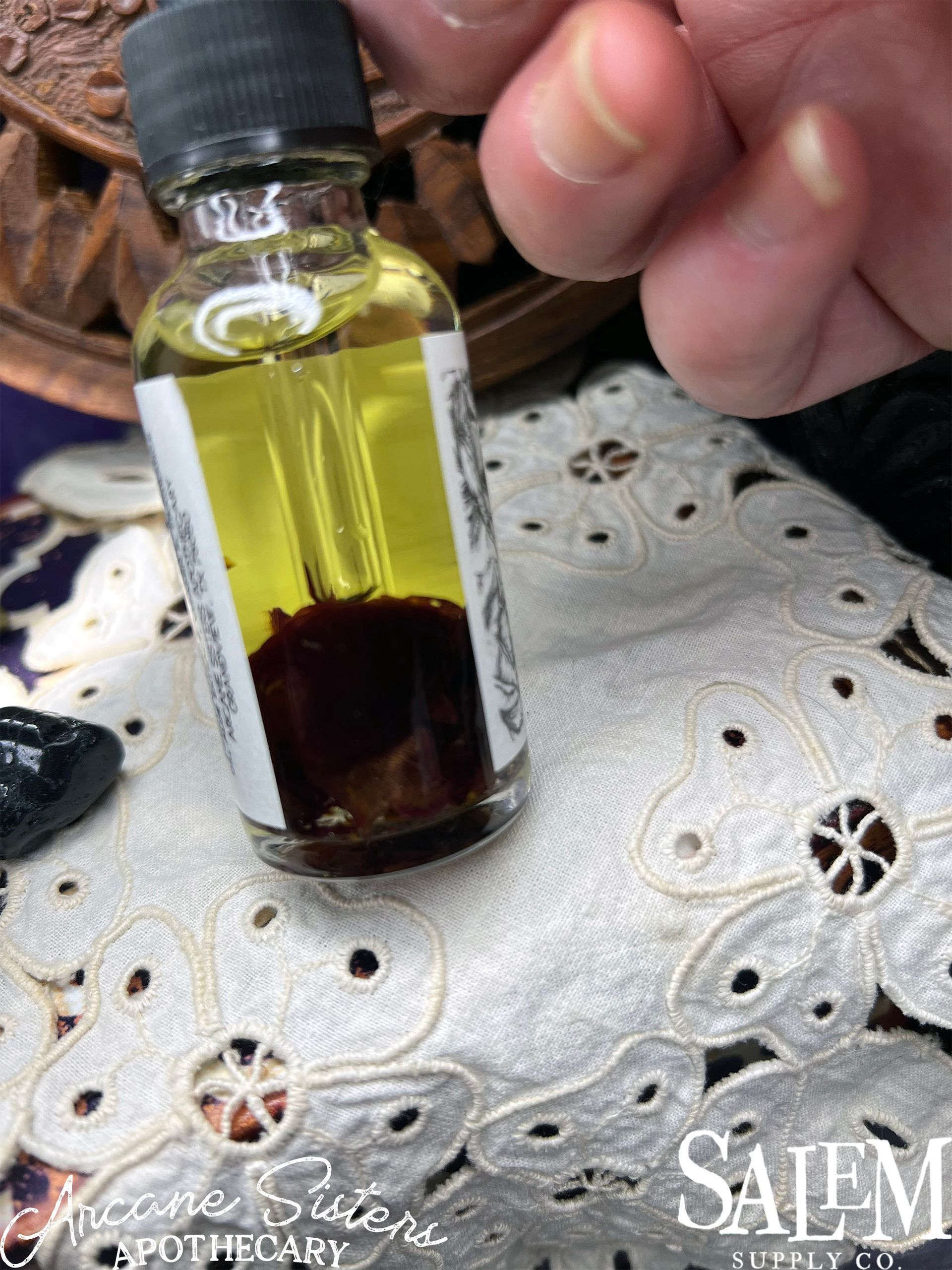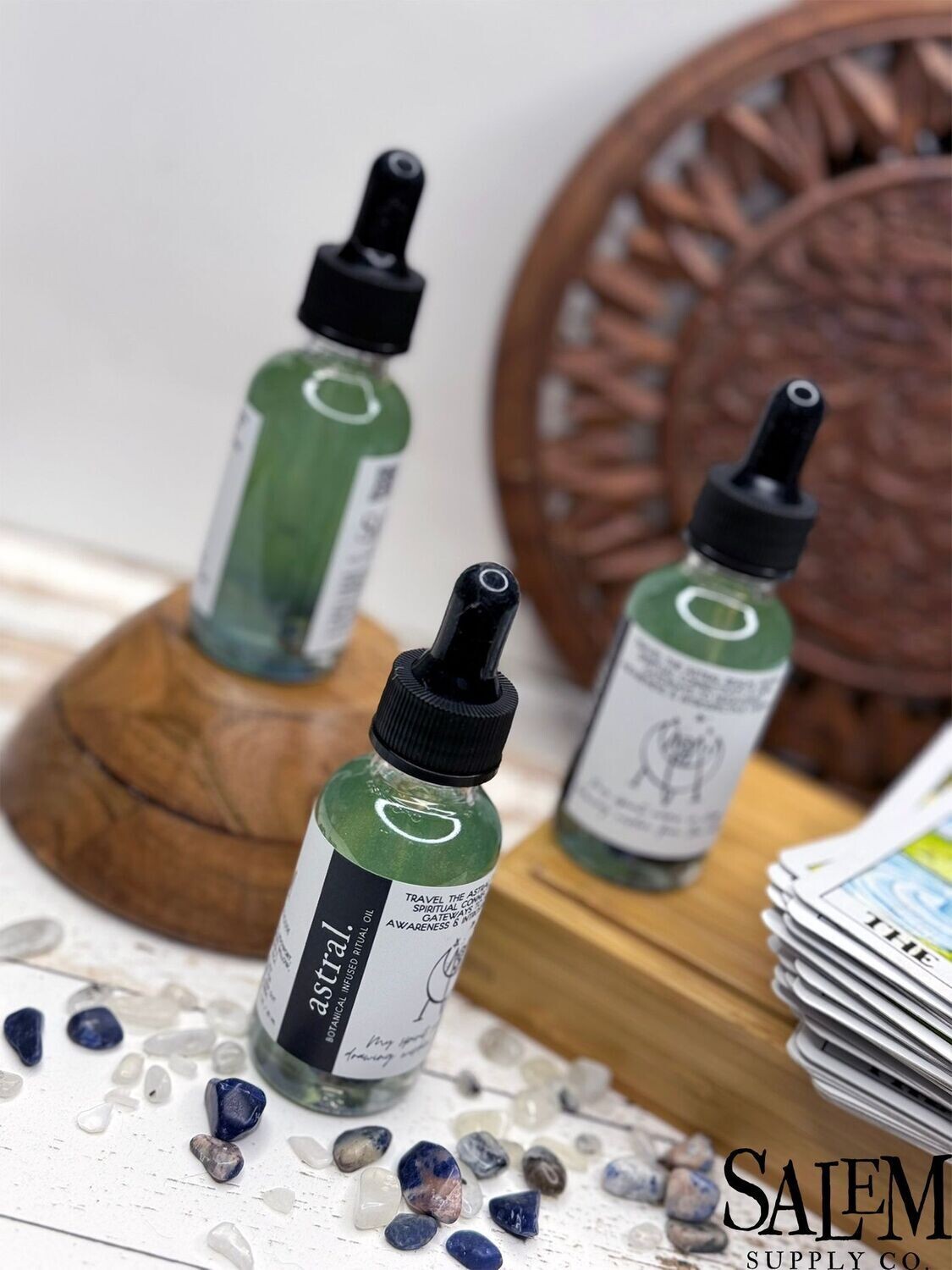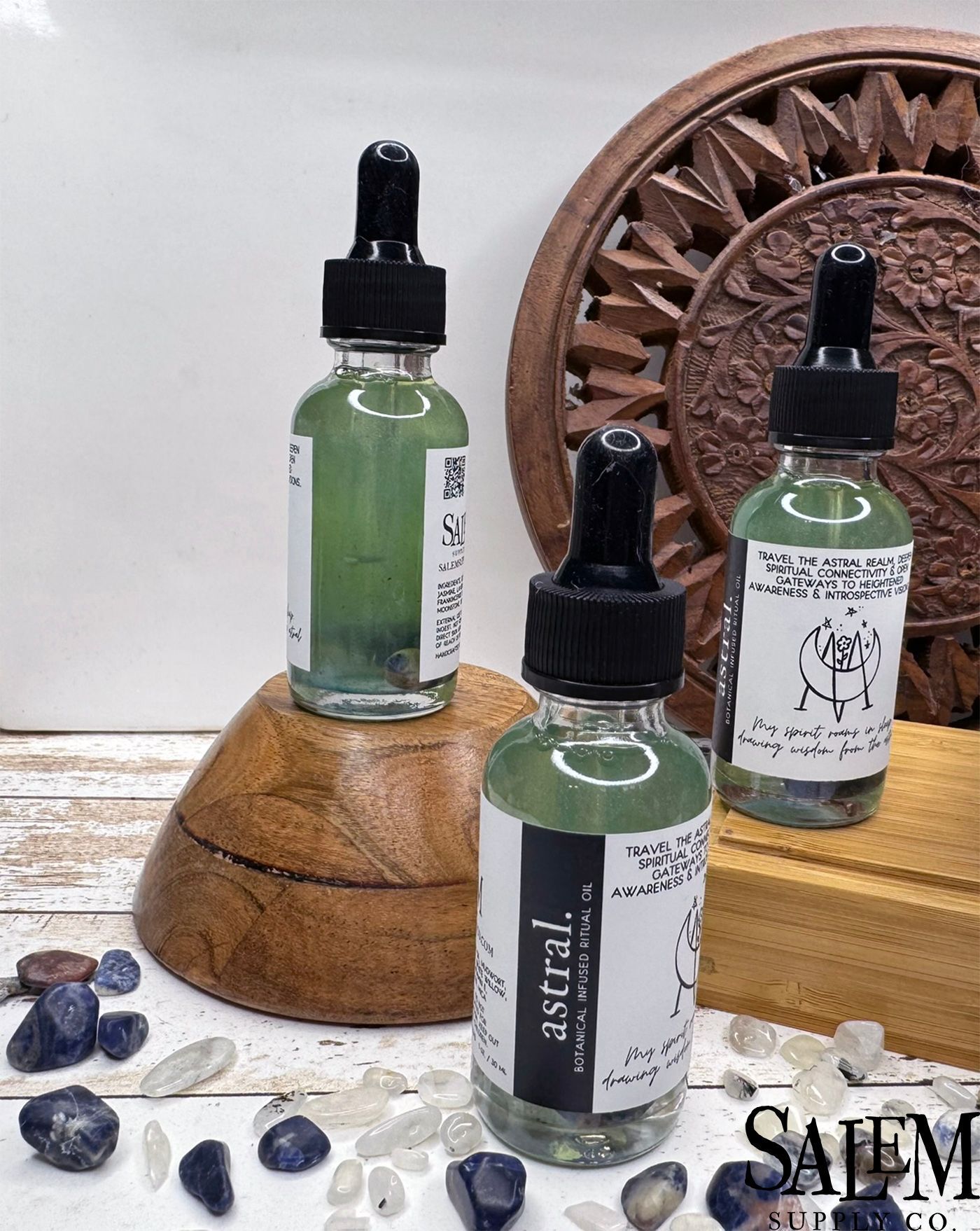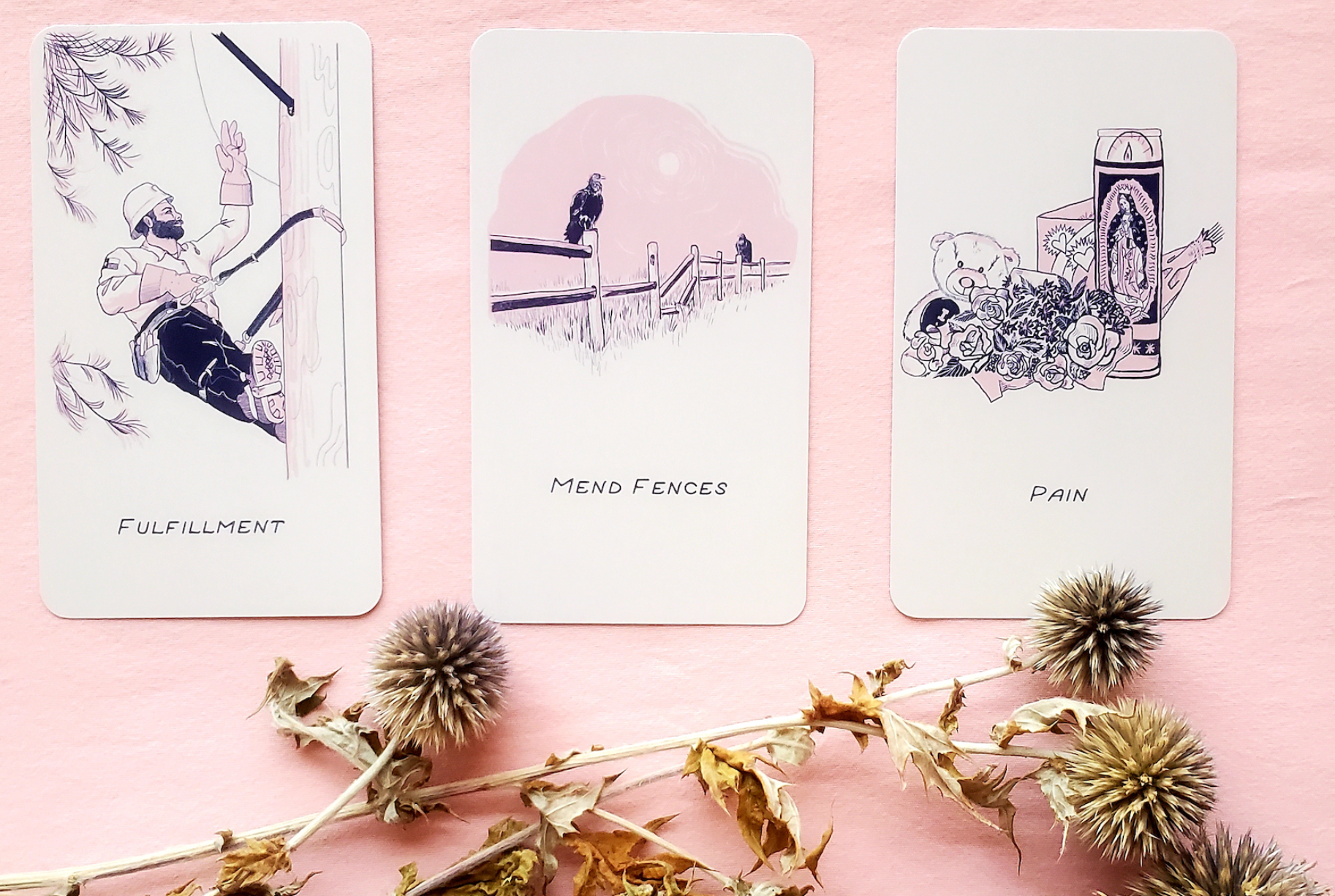Botanical Name: Lavandula
Member of the mint family, Lamiaceae.
Used as a culinary and medicinal herb.
Lavender flowers are typically purple but rare white varieties have been found in the Alps.
Lavender plants are native to the mountainous regions in the countries that border the western half of the mediterranean. They have been grown as far north as Norway. The Spike Lavender variety is found in the mountains of France and Spain. Yet another species grown along the French coast.
Lavender along with Rosemary and Southernwood were brought to the Americas by the Pilgrims.
Historical Uses, Folklore & Customs:
Lavender has historically been used for a wide variety of ailments including: expectorant, anti-spasmodic, upset stomach, faintness, nervousness, colic, flatulence, toothache, tension, anxiety, headaches, burns, insomnia, and more.
Lavender is believed to be one of many herbs used by Ancient Egyptians in ritual and embalming.
The herb Spikenard mentioned in the Bible is believed to refer to what we now call Lavender. It is mentioned that Mary anointed the feet of Jesus with an ointment containing the herb.
The scent of Lavender is perhaps it’s most recognizable feature. It has been used throughout history for a number of purposes beyond just that of a simple perfume. In ancient Rome it was used to scent whole rooms and added to bath water as it was believed to refresh the skin. During the Plague, gloves would be scented with Lavender oil which they believed prevent the wearer from catching the disease.
The scent of Lavender was believed to draw the attention of men and it was a popular scent among prostitutes.
Bugs are also repelled by the scent of lavender and it is widely grown in garden to ward against insects such as mosquitos and fleas.
Use Lavender in workings relating to:
Protection • Sleep • Purification • Love • Meditation • Money • Attraction • Blessing • Romance • Peace
Lavender can be used as an incense, in teas (infusions), tinctures, as flavorings and more. Lavender essential oil is one of the most popular essential oils on the market.
Lavender Ritual Bath
Taking a ritual bath imbued with herbs is a great way to set intentions and prepare for the ritual. Lavender is a great herb to purify and cleanse your body, mind, and soul.
For this loose herbal bath, you can tie the herbs in a small muslin bag or let the herbs loose in the bath, just be sure to strain them from the water prior to emptying the tub.
Add lavender and other cleansing herbs of your choosing such as chamomile or sage to a warm bath. Relax and take in the scent of the herbs. Allow the water to cover your body and visualize the negative energy being released from your body as you are cleansed by the herbs and water.
Please use incense safely. Charcoal discs and burning bowls can become VERY hot. Do not leave a smoldering charcoal disc unattended. Keep the bowl on a heat safe surface away from flammable items. Always be sure that the herbs you are burning are safe to burn.
Information in this article is for entertainment purposes only. If you have a medical condition consult your doctor. We are not attempting to diagnose, treat or cure any ailments.
References:
Beyerl, Paul V. Master Book of Herbalism. Phoenix Publishing, Inc, 1984.
Cunningham, Scott. Cunningham's Encyclopedia of Magical Herbs. Llewellyn Publications, 2016.
Easley, Thomas, and Steven H. Horne. The Modern Herbal Dispensatory: A Medicine-Making Guide. North Atlantic Books, 2016.
Grive, Maud Mrs. A Modern Herbal, Vol. II (I-Z & Index). Dover Publications, Inc., 1971.
SHARE

